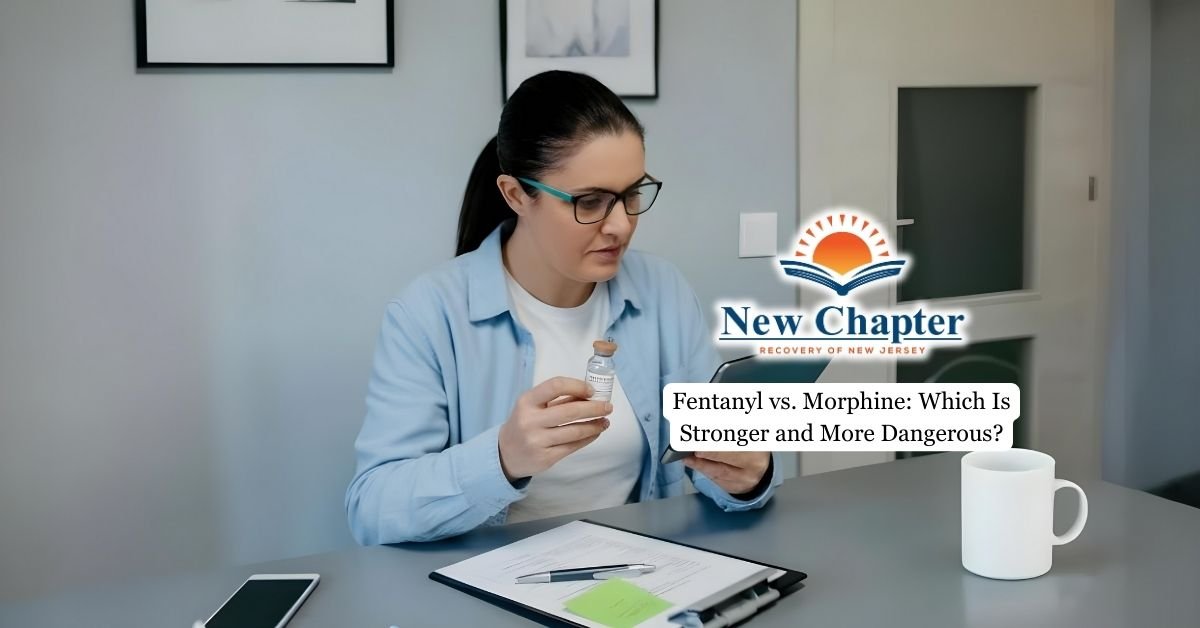Xanax is a prescription medication commonly used to manage anxiety and panic disorders. While it can be effective when taken as directed, its chemical properties also raise concerns about misuse and dependence.
This article explores how Xanax works, why it is classified as a controlled substance, and the risks associated with long-term or improper use.

What Is Xanax and How Does It Work?
Xanax, the brand name for alprazolam, is a type of benzodiazepine prescribed to treat anxiety and panic disorders. Xanax works by enhancing the effects of a neurotransmitter called GABA in the brain, which produces a calming effect on the central nervous system. This helps reduce symptoms like restlessness, panic attacks, and insomnia.
Because of its fast-acting sedative effects, Xanax is commonly prescribed for short-term relief of acute anxiety disorders or panic symptoms. However, due to its potential for abuse, it is meant to be taken only under a healthcare provider’s supervision.
In cases where misuse or dependence develops, professional xanax addiction treatment may be necessary to ensure a safe and effective recovery process.
Why Is Xanax a Controlled Substance?
Xanax is classified as a Schedule IV controlled substance under the Controlled Substances Act of 1970. This classification indicates that while the drug has accepted medical uses, it also has a potential for abuse and may lead to physical or psychological dependence.
Schedule IV controlled substances, like Xanax, are considered to have a lower risk of misuse compared to Schedule I, II, or III substances, but they still require regulation due to their addictive properties. The U.S. Drug Enforcement Administration (DEA) and the Food and Drug Administration (FDA) both play a role in regulating drugs like Xanax to prevent misuse and protect public health.
The sedative effects of Xanax can create a sense of calm and euphoria, which makes it attractive for recreational use. Unfortunately, misuse of prescription drugs, especially benzodiazepines, can quickly lead to tolerance, dependency, and addiction.
Understanding Xanax Addiction and Dependence
While Xanax can be effective when legally prescribed and used properly, it can also become addictive. Xanax addiction develops when a person begins to rely on the drug to manage stress, anxiety, or sleep, leading to repeated use despite negative consequences. Over time, the brain becomes dependent on the medication, requiring higher doses to achieve the same effects.
Signs of Xanax addiction include cravings or compulsive use, taking Xanax without a prescription, increasing the dosage beyond what is medically advised, and experiencing withdrawal symptoms when the drug is not taken. These symptoms may indicate a growing dependence on the medication and a need for professional support.
Withdrawal symptoms can include anxiety, insomnia, nausea, muscle pain, tremors, and in severe cases, seizures. These symptoms make quitting without professional help especially challenging and dangerous.
The Dangers of Misusing Xanax
Misuse of Xanax includes taking it without a prescription, combining it with other substances (especially opioids), or using it in higher doses than recommended. Combining Xanax with opioids is particularly dangerous due to the compounded depressant effects on the central nervous system, which can lead to respiratory failure or overdose.
Xanax is often involved in emergency room visits related to prescription drug abuse. Despite being classified as a Schedule IV drug, its misuse is prevalent among individuals with substance use disorders, including teens and young adults seeking its calming or euphoric effects.
Because of the potential for misuse, it’s essential to follow the healthcare provider’s instructions when taking Xanax and never share it with others. Long-term use, even when prescribed, should be closely monitored to avoid dependency.

Addiction Treatment for Xanax Misuse
Overcoming Xanax addiction requires comprehensive treatment that addresses both physical dependence and underlying behavioral health issues. Treatment options often include medically supervised detoxification to manage withdrawal symptoms safely.
Behavioral therapies, such as cognitive behavioral therapy (CBT) and counseling, are commonly used to help individuals identify triggers, manage anxiety, and build healthier coping strategies. Many treatment programs also incorporate support groups to offer peer accountability and encouragement throughout recovery. Aftercare planning—such as continued therapy and relapse prevention education—is essential for maintaining long-term sobriety and preventing the recurrence of use.
Final Thoughts from New Chapter Recovery
At New Chapter Recovery, we provide comprehensive addiction treatment programs in New Jersey designed to help individuals break free from prescription drug dependence, including Xanax. Our approach integrates faith-based support with evidence-based care to treat the whole person—body, mind, and spirit. If you or someone you care about is struggling with Xanax addiction, we are here to walk beside you on the path to healing and hope.






